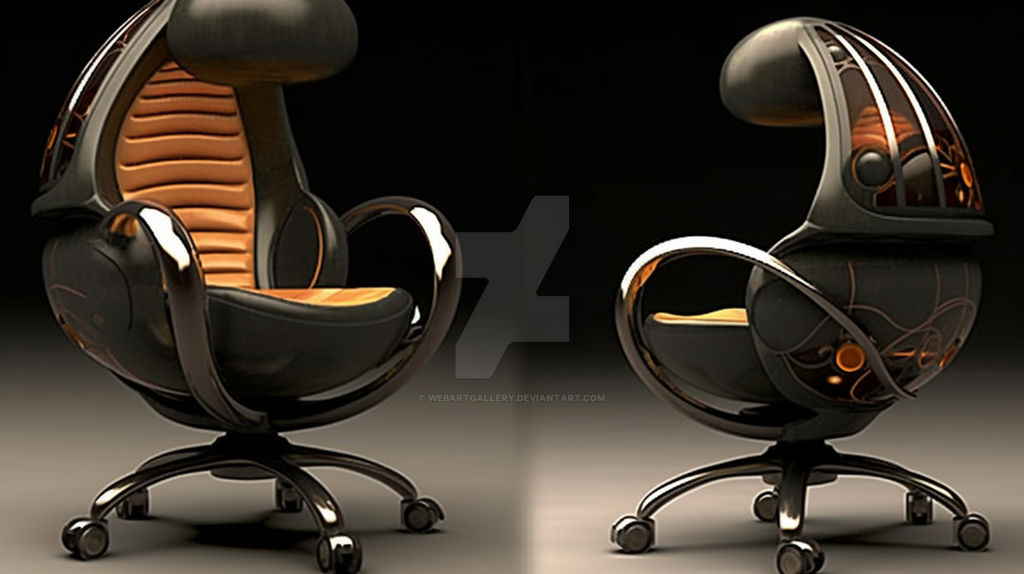In the fast-paced world of today, where many of us spend a significant portion of our day working, the importance of a comfortable and supportive office chair cannot be overstated. Enter the realm of ergonomic office chairs – designed with the user’s well-being in mind, these chairs have become an integral part of creating a conducive and healthy work environment. In this blog, we will explore the benefits of ergonomic office chairs, key features to look for, and why investing in one is a step towards enhancing both productivity and well-being.
The Rise of Ergonomics:
Ergonomics is the science of designing products and systems to maximize comfort and efficiency while minimizing the risk of discomfort, fatigue, and injury. Ergonomic office chairs are a prime example of this design philosophy. Traditional office chairs often lack the adjustability needed to accommodate various body types and working styles. Enter the ergonomic chair – a solution that seeks to address these shortcomings.
Benefits of Ergonomic Office Chairs:
- Posture Support: Ergonomic chairs are designed to support the natural curvature of the spine, promoting a healthier sitting posture. This can help prevent musculoskeletal issues such as back pain and neck strain, which are common concerns for those who spend extended hours at a desk.
- Adjustability: One size does not fit all when it comes to office chairs. Ergonomic chairs typically offer a range of adjustable features, including seat height, armrest height, lumbar support, and tilt. This adaptability ensures that the chair can be tailored to the unique needs and preferences of each user.
- Increased Comfort: With features like padded seat cushions, breathable mesh backs, and contoured designs, ergonomic chairs prioritize comfort. This not only contributes to a more pleasant work experience but can also improve concentration and focus.
- Enhanced Productivity: Comfortable and well-supported employees are generally more productive. By reducing discomfort and fatigue, ergonomic chairs contribute to a positive work environment, fostering increased concentration and task engagement.
- Long-Term Health Benefits: Investing in ergonomic furniture is an investment in long-term health. By promoting proper posture and reducing the risk of strain-related injuries, these chairs contribute to overall employee well-being.
Key Features to Look For:
- Adjustable Lumbar Support: Look for chairs with adjustable lumbar support to maintain the natural curve of the lower spine.
- Seat Depth Adjustment: The ability to adjust the seat depth ensures that users of varying heights can sit comfortably without compromising support.
- Adjustable Armrests: Opt for chairs with adjustable armrests to accommodate different arm lengths and support the shoulders.
- Swivel and Casters: A swivel base and smooth-rolling casters promote easy movement, reducing the strain on the body when reaching for items or turning to speak with colleagues.
- Breathable Materials: Chairs with breathable materials, such as mesh backs, can help regulate body temperature, especially during long hours of sitting.
Conclusion:
In the pursuit of a healthier and more productive work environment, the importance of ergonomic office chairs cannot be overstated. These chairs go beyond mere furniture; they are a strategic investment in the well-being and performance of employees. As we continue to navigate the demands of the modern workplace, let us not overlook the significance of the chair beneath us – a supportive and ergonomic foundation for a more comfortable and efficient workday.



